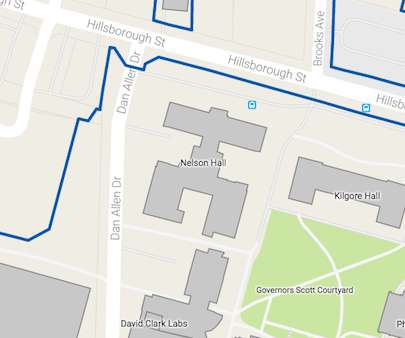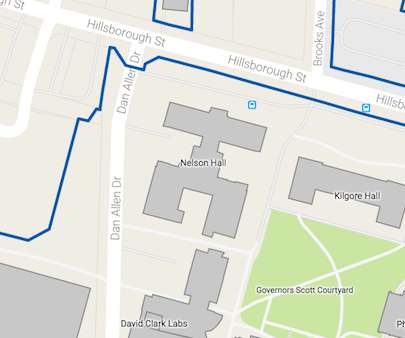RFID in the Supply Chain: Fizzling Technology or the Future of Effective SCM?
GlobalTranz
MARCH 1, 2018
In 2003, Walmart announced that all of its suppliers would need to have Radio frequency identification (RFID) tags on all pallets and cases by 2006. Historically, the cost of RFID implementation and difficulty to utilize RFID in conjunction with other supply chain systems has hindered mass adoption by supply chain managers.






































Let's personalize your content